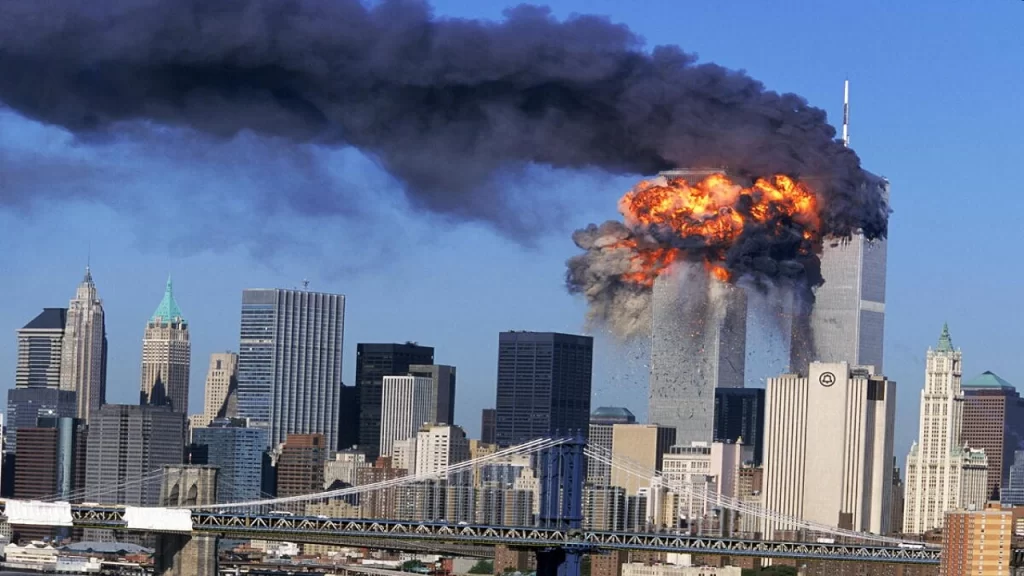On September 11, 2001, there was a terrible tragedy that dramatically altered the direction of countless life paths and institutions. Among the casualties were the offices of the Lower Manhattan Cultural Council in Building 5 of the World Trade Center and two studios on the 91st and 92nd floors of the North Tower. This is a loss beyond the physical destruction of buildings, but even more so of a living artistic community and their creation.
The LMCC’s World Views artist-in-residency program spoke to the interest of the organisation to foster international artistic dialogue. In all, 15 artists throughout the world were to be invited into the program from May to November 2001. These artists were given studio spaces on the upper floors of the North Tower, where they worked on their projects with the hope to be part of a bigger cultural conversation. Those studios were turned into nothing in the 9/11 attacks, and with them, virtually all of the work these artists had ever done. It is not mere material loss but rather the reflection of the erasure of personal expressions, cultural stories, and artistic production which could have contributed much to the global art scene.
Among them was Michael Richards, a Jamaican-born sculptor whose work reflected themes of struggle and resilience. On that day, Richards was working on a sculpture in memory of the Tuskegee Airmen, an association of African-American pilots who served with distinction during World War II. That sculpture was supposed to be a poignant tribute to their bravery and sacrifice, showing a pilot riding a burning meteor. Along with his work, Richards’s life was taken when the towers collapsed. The destruction of Richards’s work and the loss of his life underpin a deeper tragedy within the broader context of 9/11: an unimaginable blow was dealt to the artistic community that thrives on an exchange of ideas and cultural expressions. The World Views program that had worked to transcend cultural gaps was forever disrupted; the potentials of those involved would never be recognised.

Not only did the aftermath of the attacks leave the artistic world and public in mourning over the physical destruction of artistic space, but also what could have been-in other words, creative contributions yet to be made. Diversity of voices was coming from the artist-in-residence program of the LMCC into one space to enrich the cultural landscape.
Feature image Courtesy: X
References
Lost Art Hundreds of Works Were Destroyed in the Trade Center Attack”. National Public Radio. 16 October 2001. Retrieved 1 December 2017.
Cotter, Holland (3 December 2001). “ART REVIEW; The Studios Were Lost, But the Artists Get Their Day”. New York Times. New York City. Archived from the original on 2018-01-28. Retrieved 28 January 2018.
‘Up to’ $100m art lost in attacks”. BBC. 5 October 2001. Archived from the original on 2017-11-22. Retrieved 1 December 2017.

Iftikar Ahmed is a New Delhi-based art writer & researcher.





